For more information on the tourism in the region please contact the Office de Tourisme in Saint-Restitut:
Office de Tourisme – le village 26130 Saint-Restitut
https://saintrestitut-mairie.fr/
Tél./Fax: 04 75 04 71 27
Ouvert Toute l’année sauf dimanche et jours fériés – Lundi de 15 H à 18 H, du Mardi au Samedi de 10 H à 12 H et de 14.30 H à 18.30 H
E-mail : ot-saintrestitut@la-drome-provencale.com
Office de Tourisme de Saint Paul Trois Châteaux
http://www.office-tourisme-tricastin.com/
Tél: 04 75 96 59 60, Fax: 04 75 96 90 20
E-mail : contact@office-tourisme-tricastin.com

Golf de la Drome provençale (10 km):
http://www.golf-dromeprovencale.com/
Château du Monard – Domaine de la Valdaine (25 km):
http://www.domainedelavaldaine.com/
The castle of Grignan, built between the 12 th and 17 th century, is an historical classified monument. It’s famous for the people welcomed by Madame de Sévigné and her daughter, the countess of Grignan. Guides who speak several languages will help you discover the castle and the life there was at the period of Madame de Sévigné.
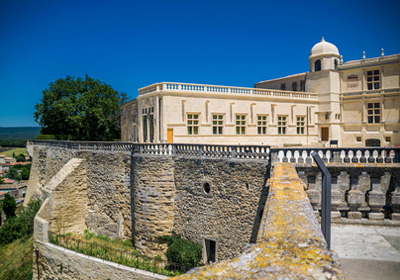
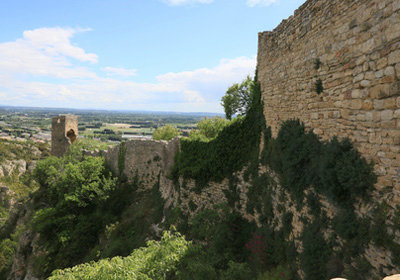
The Mornas fortress is restored from the remains of the 13 th century. During the visit, you’ll be dropped back into the 13 th century thanks to activities in which gentle ladies and knights will tranport you back into those medieval times.e
In the heart of the Rhône valley, the Antique Theatre is certainly one of the most beautiful inheritances from Imperial Rome. With exceptional testimony of Antiquity registered by the World Heritage of UNESCO, it is the best conserved Roman Theatre in Europe.
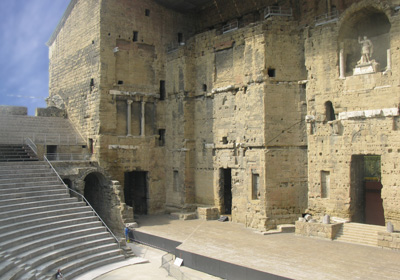
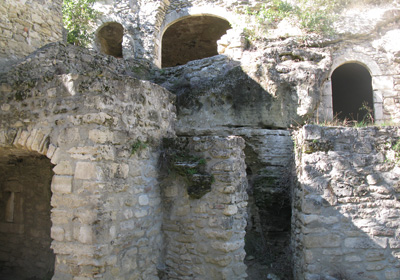
Most of the houses are dug into the rock of the hillside. Above this troglodyte village stands the fortified castle, the walls of which guard the old medieval town.
Avignon is a city which has preserved a lot of elements of its past architecture: the St Bénezet bridge (made famous by the song Sur le Pont D’Avignon), the ramparts, the Little Palace, the Notre Dame des Doms cathedral, and the impressive Popes’ Palace, which is classified by UNESCO as “World heritage of humanity” and which represents the most important gothic Palace in the world. Avignon is also known for its many theatres, and of course for its festival which takes place during the entire month of July.
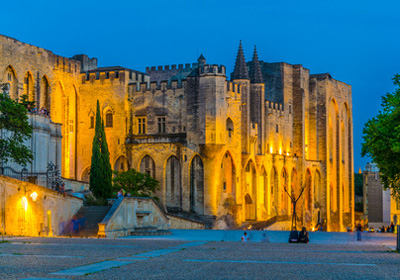
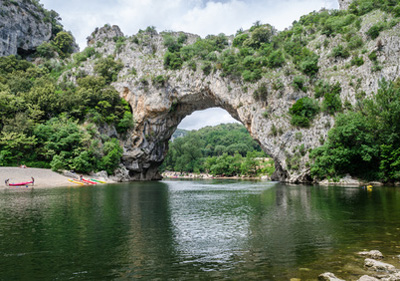
The gorges of Ardèche are dominated by high cliffs, which offer splendid views and landscapes. The gentle descent of the Ardeche River allows you to discover some beautiful and marvelous scenery when you go by Canoe or Kayak.
The Abbey of Sénanque is one of the most beautiful Abbeys of France. It is one of the best examples of primitive Cistercian Architecture still intact. It’s still inhabited by a Cistercian Monks’ community.
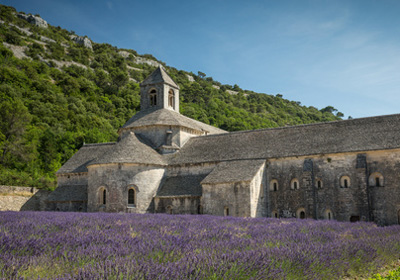
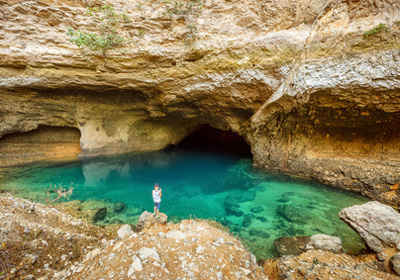
Fountain of Vaucluse is a grand site where an impressive spring which gushes at the foot of a 230m high cliff is visible. This huge fountain is the most powerful in France ( and the fifth in the world) with an annual flow of 630 millions cubic metres of water. In Summer, the waters are quite calm, but during the flood periods, it’s a real torrent.